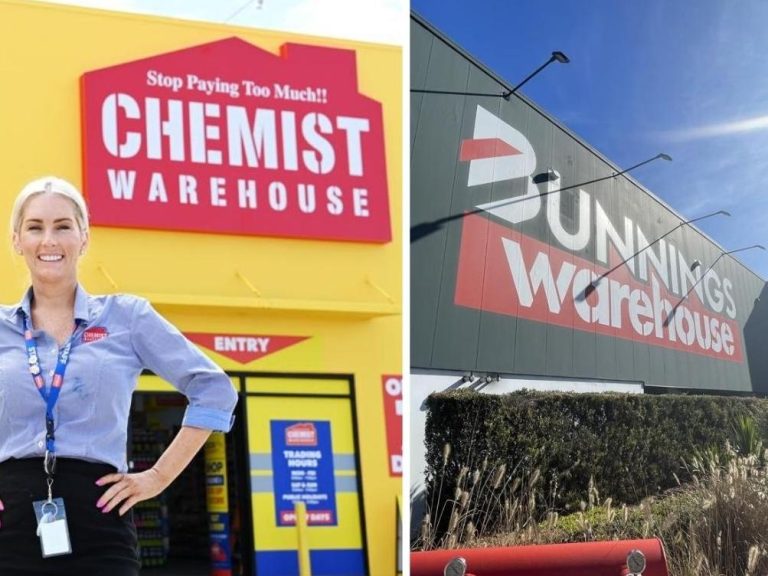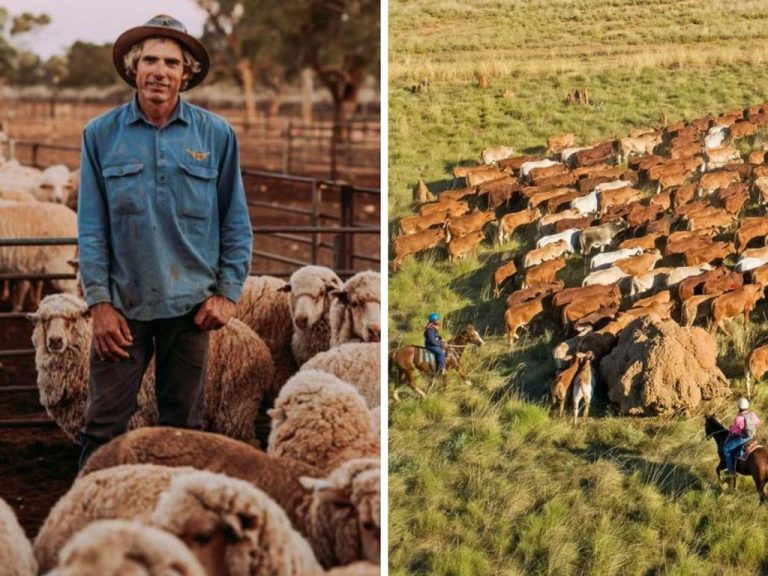Budget 2021: Childcare, industrial and agribusiness winners in ‘road to recovery’

The federal budget’s focus on jobs growth, business tax relief and infrastructure investment is expected to have knock-on benefits for commercial property, as consumer sentiment, investment and spending power rise.
Childcare, agribusiness and industrial property look set to be the main winners from the federal government’s big-spending budget, which will see the deficit reach an eye-watering $161 billion in 2020/21.
Treasurer Josh Frydenberg said the government’s response to COVID-19 had come at a “significant fiscal cost” but the government’s plan will continue rebuilding the economy from the pandemic-induced recession.
“Employment is at a record high, with 75,000 more Australians in jobs than before the pandemic. This budget will help to create more than 250,000 more jobs by the end of 2022/23,” he said in his budget speech on Tuesday.
“Tax cuts to put more money in people’s pockets. Business incentives to unleash a further wave of investment. An $110 billion infrastructure pipeline to build our nation’s future. Jobs are back. The economy is back.”
Jobs and infrastructure boost ‘positive’ for regions

The budget contains around $850 million in funding to agriculture that will boost commercial farming. Picture: realcommercial.com.au/for-sale
REA Group economist Anne Flaherty said while the budget was more aimed at residential property support, it would indirectly benefit the commercial sector.
“Commercial property generally benefits from jobs growth, support for small business, and infrastructure, so the fact the government has pulled together a budget that addresses these areas will have a positive effect,” Ms Flaherty said.
“Australia’s farmers are definitely a key beneficiary of this budget, with many announcements of support for the agriculture sector.”
Agriculture Minister David Littleproud said the government was providing significant investment in the 2021/22 budget to help farmers, committing about $850 million in funding over the forward estimates to drive competitiveness, growth and resilience in agriculture and support the industry’s goal of reaching $100 billion in farm gate output by 2030.
“Agriculture continues to drive our nation’s economic comeback and secure our recovery by getting Australians back into jobs and strengthening the regions. Despite the challenges of drought, COVID-19, fire and floods, the agricultural sector is expected to reach a record $66 billion in production in 2020/21,” Mr Littleproud said.
“Investment being made in priority areas, particularly biosecurity, will give our farmers, fishers and foresters the confidence to invest and take advantage of opportunities going forward.”
The budget measures include an extra $400.1 million for biosecurity investment, which includes funding for specific threats like addressing the risk of an African swine flu outbreak.
There’s also $170.5 million through the $5 billion Future Drought Fund, which provides $100 million a year to help primary producers and farming communities prepare for droughts plus other measures designed to bolster drought resilience.
There are a number of measures designed to help farmers grow agriculture exports such as $15 million to improve trade and market access. Other funding includes $25.2 million to attract agriculture workers and $11.9 million aimed at encouraging innovation in the forestry sector including expanding regional forestry hubs.
Commercial farming assets were also expected to benefit from the budget’s other support measures for agriculture, including a $3.5 billion National Water Grid Fund for new and augmented water infrastructure projects and $196.9 million for the National Soils Strategy.
Ms Flaherty said infrastructure upgrades, such as roads, should impact industrial property in affected locations.
JLL Australia CEO Stephen Conry said the budget’s additional $15.2 billion investment in infrastructure is “vital and welcome”. He said it would have flow-on effects to businesses of all sizes and confidence levels.
“Every state and territory has big-ticket infrastructure items, including $2 billion for a new Melbourne Intermodal Terminal Link for freight rail services, $2 billion towards the Great Western Highway Upgrade in Sydney’s Blue Mountains, and $400 million for the Bruce Highway additional funding in Queensland,” Mr Conry said.
“These projects will provide a short and longer-term economic boost.”
Ms Flaherty said road upgrades would align with growing demand from e-commerce in the industrial market, with better accessibility improving the appeal for warehouse space.

Craft brewers and distillers will get some tax relief in this budget. Picture: realcommercial.com.au/for-sale
A $225 million tax relief package for small breweries and distilleries would also affect viability around this niche of local tourism infrastructure and business, after suffering the double-whammy of bushfires and COVID.
“There are around 600 brewers and 400 distillers across Australia, with around two thirds operating in rural and regional areas,” Mr Frydenberg said.
“The announced changes will allow these brewers and distillers to keep more of what they earn, helping them to invest, grow and support around 15,000 Australians that are currently employed in the sector.”
Childcare relief to improve demand in thriving sector
The budget’s $1.7 billion commitment to childcare subsidies for families with more than one child in childcare is forecast to flow into demand for the sector’s property market, which is enjoying “exceptionally high” activity.
Adam Thomas, director and childcare property specialist at Burgess Rawson, said the federal government’s ongoing support of the childcare industry has instilled confidence in both investors and tenants.
“Childcare was the only sector during the pandemic to receive specific funding – around one million families received the assistance, totalling more than $1.6 billion.
“We anticipated that government investment would be substantially increased as we rebuild the economy. The $1.7 billion childcare package will further underpin the sector for investment.”
Mr Thomas said childcare property investment market has started the calendar year with “record results and yield compression”.
“While childcare investment had been traditionally seen as a specialist asset class, experienced commercial investors are increasingly looking at childcare,” he said.
“Investors who typically purchase retail assets, such as fuel or fast food, are attracted to well-run childcare centres with high occupancy rates, quality construction and premium locations.
“By ticking these boxes, investors are prepared to diversify which has resulted in high enquiry rates on our first portfolios of the year.”
Ms Flaherty said childcare had “proven to be relatively recession-proof” with its necessity highlighted in recent times.







